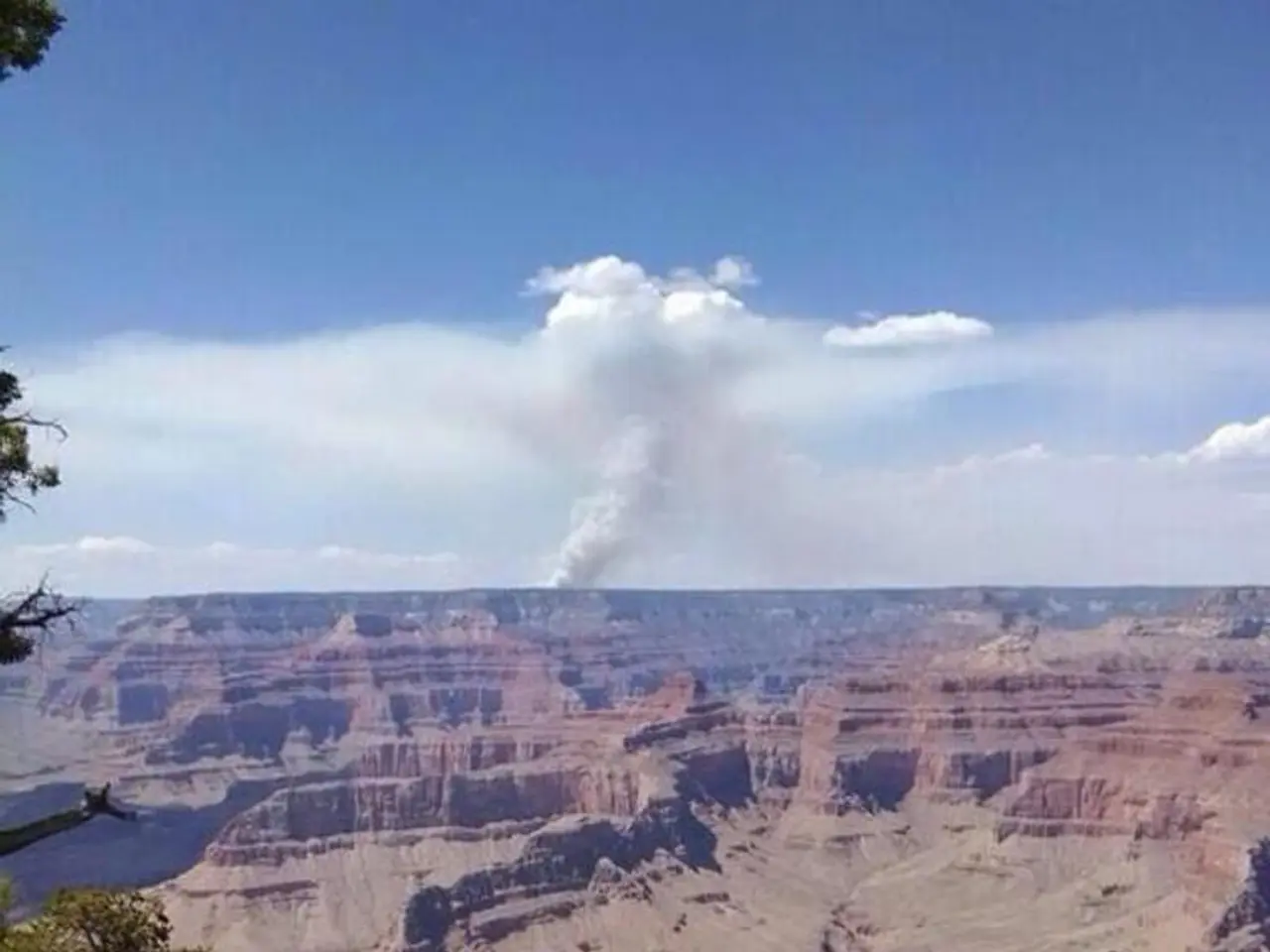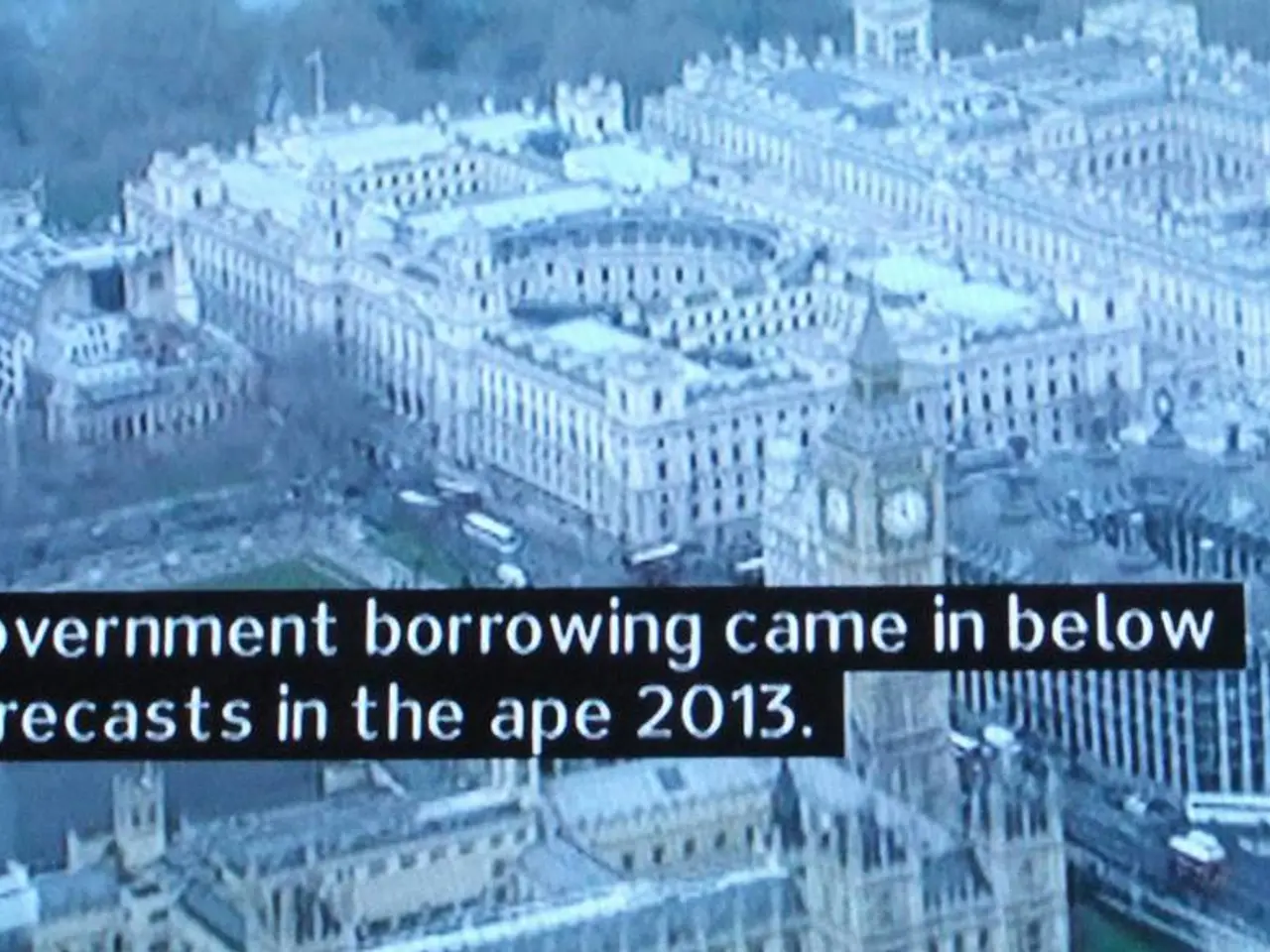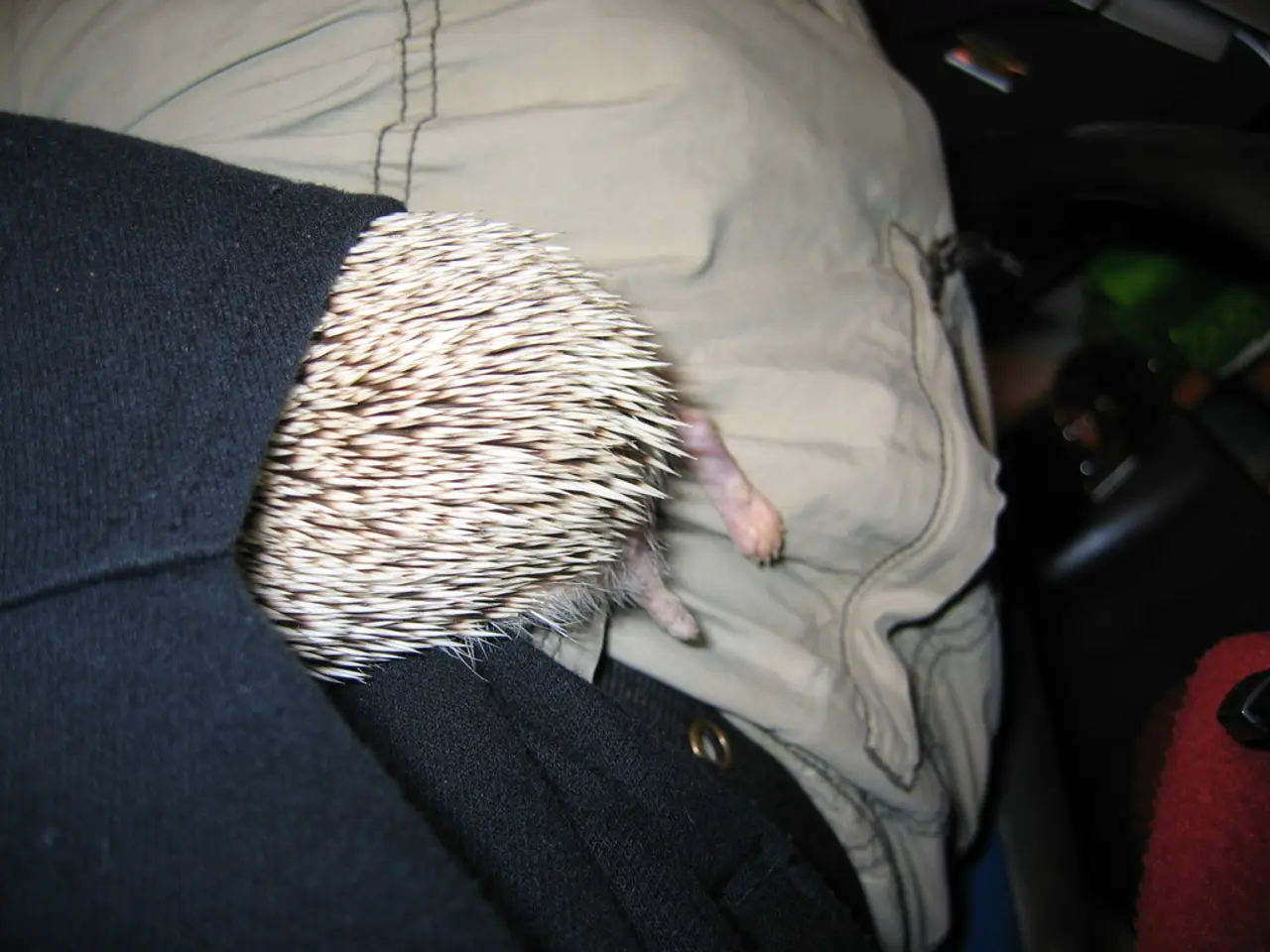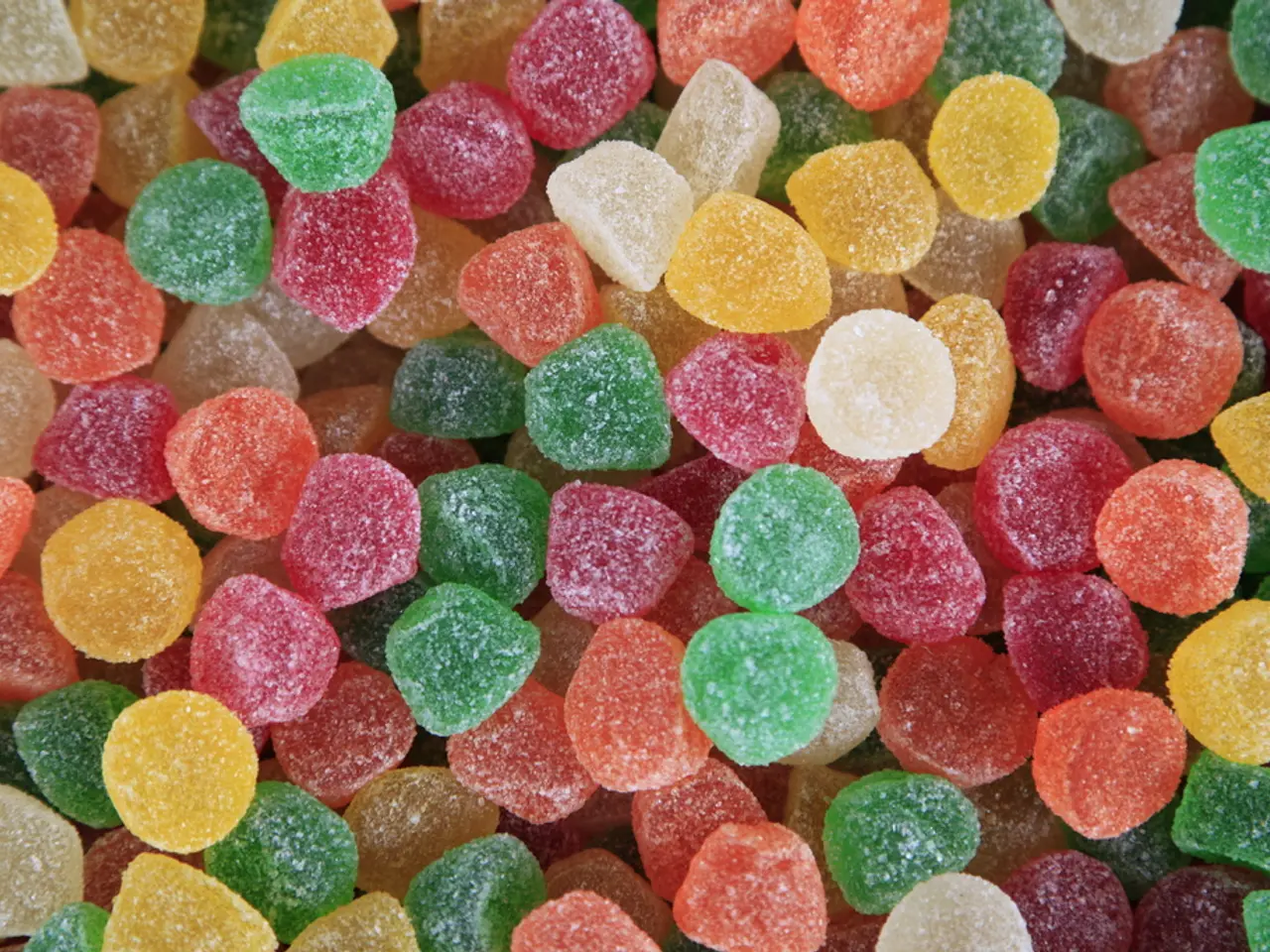Hiker perishes in the heat of Grand Canyon; authorities issue severe warnings about treacherous conditions for hikers due to dangerously harmful weather
In the heart of the American Southwest, the Grand Canyon National Park is a breathtaking natural wonder that attracts millions of visitors each year. However, during the summer months, the park poses a significant risk for hikers due to extreme heat conditions.
Official guidance for hiking in the Grand Canyon during extreme heat is clear: hikers are advised to avoid hiking altogether or severely limit hiking distances and times during the hottest parts of the day to avoid life-threatening heat exhaustion or heat stroke. Hiking during peak heat hours, between 10 a.m. and 4 p.m., is strongly discouraged as this period is the hottest and poses the most danger due to extreme heat.
On trails such as the Bright Angel Trail, day hikers should not descend more than 1.5 miles from the trailhead during extreme heat warnings. Hikers should be at Havasupai Gardens, Bright Angel campgrounds, or out of the canyon during the hottest hours to reduce the risk of heat-related illnesses. In some cases, hikers are urged to consider postponing or cancelling hikes when temperatures soar above 105°F for several hours, which can reach up to 114°F at places like Phantom Ranch.
The recent tragic death of a 67-year-old man on the South Kaibab Trail on July 8 serves as a stark reminder of the dangers posed by extreme heat in the Grand Canyon. The incident occurred below Cedar Ridge, and the man was aiming to reach the Colorado River to overnight at Phantom Ranch. The National Park Service (NPS) received reports of an unresponsive hiker at around 11:50am. Despite bystanders initiating CPR and NPS medical personnel responding via helicopter, all attempts to resuscitate the individual were unsuccessful.
Authorities have warned hikers to be self-sufficient due to staff shortages caused by cuts brought about by the Trump administration. The South Kaibab Trail, a well-defined and well-maintained route, should be avoided during periods of intense heat due to the lack of shade along the trail.
In light of these tragedies, the NPS is strongly advising against hikers entering the inner canyon during peak heat hours (10am-4pm). Hikers are urged to take "extreme caution" when planning any outing in the Grand Canyon during the summer. In June, search and rescue authorities warned hikers to be prepared for the heat after a surge in rescue helicopter callouts.
To stay safe during the warmer months, hikers should drink plenty of water, take frequent rest breaks in shaded or air-conditioned places, and wear clothing that is lightweight and loose-fitting. Hikers are also encouraged to save strenuous activities for the early morning or evening, and to stay out of the sun when possible.
Before planning any outdoor activity, hikers should check the National Park Service's updates on weather, water availability, trail closures, and fire restrictions. Hikers should also consult the Key Hiking Messages service for critical updates, trail closures, trail hazards, and localized weather forecasts. The best hiking boots and hydration packs can protect your feet and provide on-the-go refueling.
In May, another tragic incident occurred when a 74-year-old man died after succumbing to the hot conditions in the Grand Canyon. The Grand Canyon has been ranked as the most dangerous US National Park, with extreme heat being the main cause of fatalities.
As the weather heats up, it's important for hikers to take the necessary precautions to stay safe and enjoy the beauty of the Grand Canyon. By following official guidance and being well-prepared, hikers can minimize the risks associated with extreme heat and make the most of their time in this incredible national park.
- To ensure a safe and enjoyable hiking experience in the Grand Canyon, especially during summer months, hikers should heed the warnings against entering the inner canyon during peak heat hours (10am-4pm).
- For optimal safety, hikers are advised to drink plenty of water, take frequent breaks in shaded or air-conditioned areas, and wear lightweight, loose-fitting clothing to combat the extreme heat.
- Hikers planning outdoor activities in the Grand Canyon should check the National Park Service's updates on weather, water availability, trail closures, and fire restrictions, as well as the Key Hiking Messages service for critical updates and localized weather forecasts.




